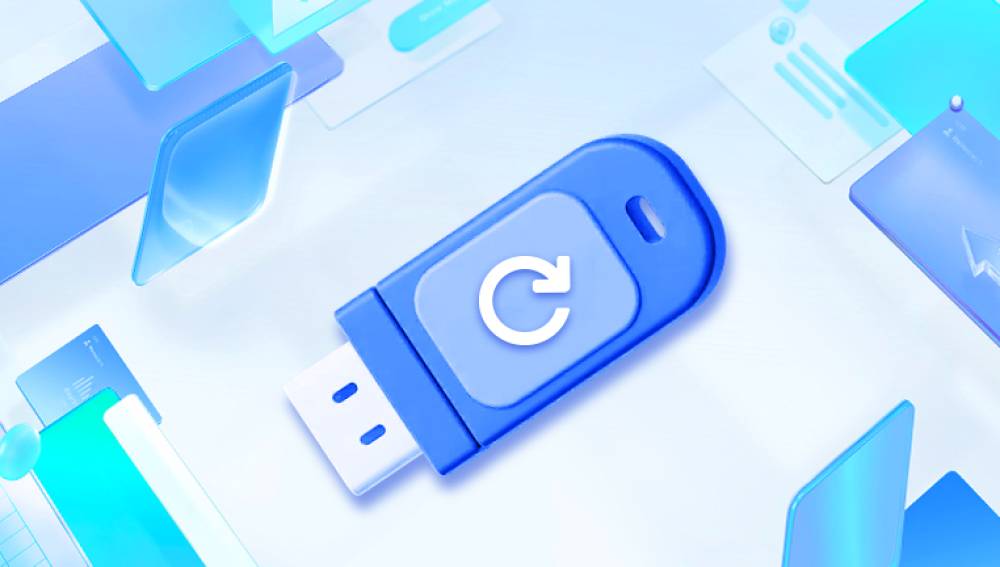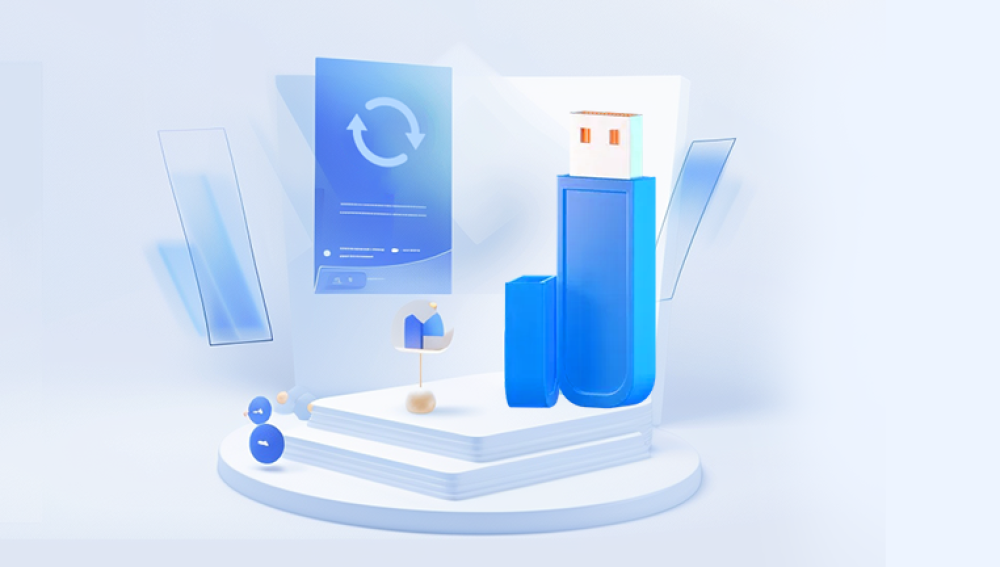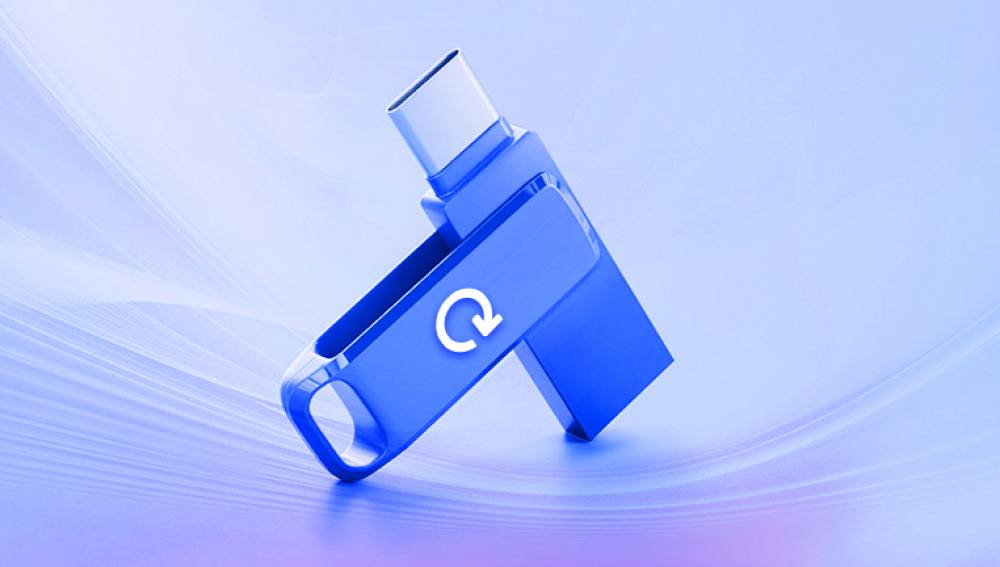If you find that your USB flash drive is unreadable on a Mac, it can be a frustrating experience. There are several potential reasons for this issue, and addressing them often involves a series of troubleshooting steps.
1. Initial Checks and Basic Troubleshooting
a. Check the USB Port and Cable
Try a Different USB Port: Sometimes the problem could be with the USB port rather than the flash drive itself. Plug the drive into a different port on your Mac.
Test with Another Cable: If you’re using a USB hub or adapter, try connecting the drive directly to your Mac or use a different cable.
b. Inspect the USB Flash Drive
Physical Damage: Look for any visible signs of damage on the USB flash drive. If it appears damaged, data recovery might be more challenging.
Clean the Connector: Sometimes dirt or debris on the USB connector can cause issues. Gently clean the connector with a dry, soft brush or compressed air.

2. Check for the Drive in Finder
Open Finder: Look in the Finder sidebar under “Locations” to see if your USB flash drive appears.
Verify Drive Visibility: If the drive is visible but not accessible, it may be an issue with the file system or permissions.
3. Use Disk Utility
Disk Utility is a built-in macOS tool that can help diagnose and repair disk issues.
a. Open Disk Utility
Go to Applications > Utilities > Disk Utility, or search for it using Spotlight.
b. Select the USB Flash Drive
In Disk Utility, select your USB flash drive from the list of available drives on the left side.
c. Check the Drive’s Health
Run First Aid: Click on the “First Aid” button and then click “Run” to check and repair the drive’s file system.
Check for Errors: If Disk Utility reports errors that it can’t repair, you might need to consider other recovery options.
4. Check for Drive Format Compatibility
a. Identify the Drive’s Format
In Disk Utility, check the format of your USB flash drive. Common formats include FAT32. exFAT, NTFS, and APFS.
FAT32 and exFAT: Generally compatible with both macOS and Windows.
NTFS: Usually read-only on macOS without third-party drivers.
APFS or HFS+: macOS native formats.
b. Reformatting the Drive
If you’ve confirmed that the drive is formatted in a way that’s not compatible with macOS or if the file system is corrupted beyond repair, you might need to reformat it.
Caution: Reformatting will erase all data on the drive. Ensure you have a backup of important files before proceeding.
To Reformat:
In Disk Utility, select the drive and click on the “Erase” button.
Choose a format (e.g., exFAT for compatibility with both macOS and Windows).
Click “Erase” to start the process.
5. Try Different File System Repair Tools
If Disk Utility isn’t able to repair the drive, you might need more advanced tools.
a. Third-Party Software
Disk Drill: Offers data recovery and disk repair capabilities.
Data Rescue: Another tool for recovering lost data and repairing drives.
TechTool Pro: Comprehensive diagnostic and repair tool for various types of disk issues.
6. Data Recovery Options
If the drive is still unreadable and contains important data, consider data recovery options.
a. Professional Data Recovery Services
If DIY solutions don’t work, professional data recovery services might be able to help. Companies like DriveSavers, Ontrack, and Secure Data Recovery offer these services.
b. Data Recovery Software
EaseUS Data Recovery Wizard: User-friendly software that can help recover files from a damaged drive.
Recuva: A free option for file recovery, although less comprehensive than some paid tools.
7. Check System Preferences and Software Conflicts
a. Update macOS
Ensure your Mac is running the latest version of macOS. Sometimes, system updates include fixes for hardware compatibility issues.
b. Check for Software Conflicts
Some third-party software might interfere with USB devices. Disable or uninstall recently added software to see if it resolves the issue.
8. Hardware Issues
a. Test on Another Computer
Try connecting the USB flash drive to a different computer (Mac or Windows) to determine if the problem is specific to your Mac.
b. Consider Hardware Failure
If the USB flash drive is not recognized on any computer, it might be a sign of hardware failure. In such cases, professional data recovery might be the only option.
9. Preventive Measures
To avoid future issues, consider these preventive measures:
a. Regular Backups
Regularly back up your data to avoid losing important files. Use Time Machine, cloud storage, or external hard drives.
b. Safe Ejection
Always eject your USB flash drive properly before removing it from your Mac to prevent file system corruption.
c. Avoid Physical Damage
Handle USB flash drives carefully to avoid physical damage that can lead to data loss.
Fixing an unreadable USB flash drive on a Mac involves a series of troubleshooting steps, from basic checks and Disk Utility repairs to more advanced recovery methods. By following these steps, you can often resolve the issue or determine the best course of action for data recovery. Regular backups and proper handling of USB devices can help prevent future issues and ensure that your data remains safe.




